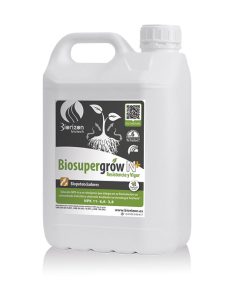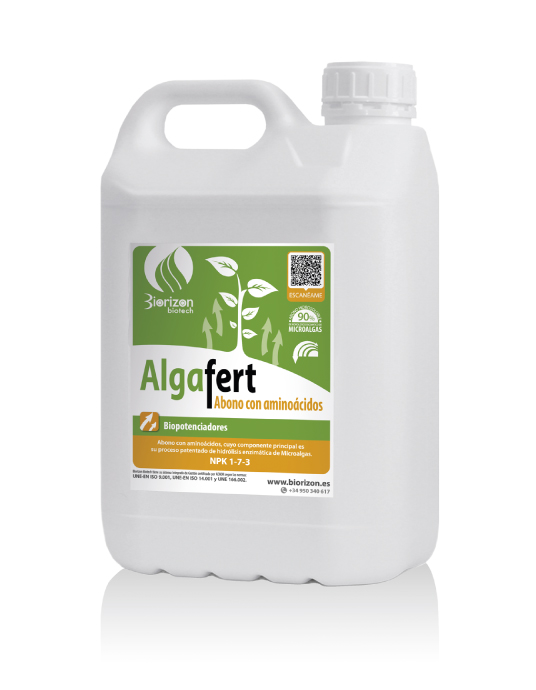How to make your Winter Cereals crop more profitable?
Cereal cultivation faces a number of challenges, from changing climatic conditions to post-harvest challenges and market demands. To address these problems, it is essential to consider fertiliser and biostimulant solutions designed to correct the negative effects of environmental, nutritional and phytotechnical stresses. These solutions will not only strengthen crop health, but also contribute to the long-term sustainability and profitability of cereal producers.

1
FIRST TREATMENT
In order to prepare the crop for the low temperatures and probable low rainfall, an initial treatment must be carried out to prevent water stress and to overcome the chemical stress caused by the application of herbicides. It is also important to prevent poor nascence. Algafert is a great ally in this respect, as it enhances and improves biological processes. includes tryptophan (TPR), a natural precursor of auxin biosynthesis and inducer of root meristem growth processes. Algafert favours the anti-stress response of the plant in abiotic stress situations and acts as a catalyst for the assimilation of nitrogen and other minerals. It is recommended to apply mixed with post-emergence herbicides.

2
SECOND TREATMENT
At this stage it is very important to check for magnesium and sulphur deficiencies. Photopower will help you with this. It is a liquid solution of soluble magnesium complemented by the presence of boron and molybdenum, and enhanced with the incorporation of a microalgae extract prepared using Trietech© technology developed by Biorizon Biotech. The microalgae extract in Photopower enhances mobility and promotes rapid absorption of the magnesium and micronutrients incorporated in the formulation.

3
THIRD TREATMENT: Beginning of trellising and earthing-up
This phase is key to obtaining a good crop yield.
For this we need an increase in protein in durum and flour wheat.
In barley and malting crops we need to increase the grain but without increasing the protein percentage.
Biosupergrow is a nitrogen-rich NPK solution that integrates in its formulation a microalgae concentrate with TrieTech© technology. It releases nutritional elements as well as hormone precursors.
This enhances vegetative development after germination and prevents loss of root system strength.




















